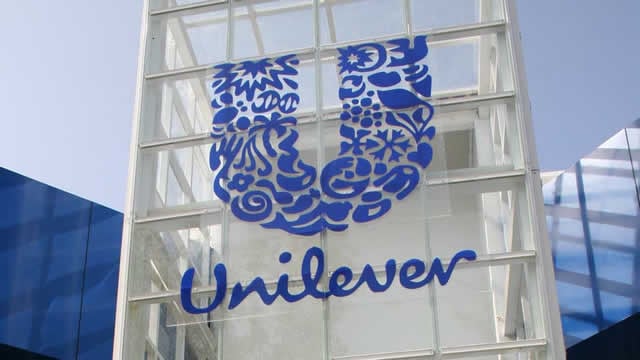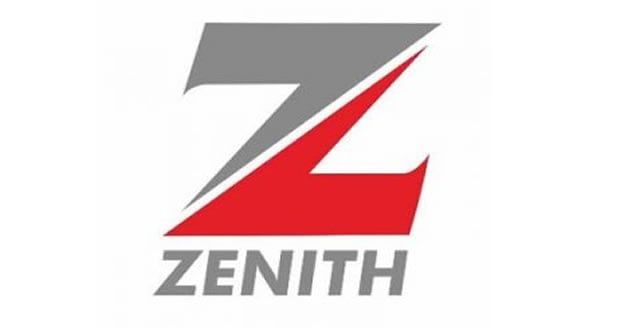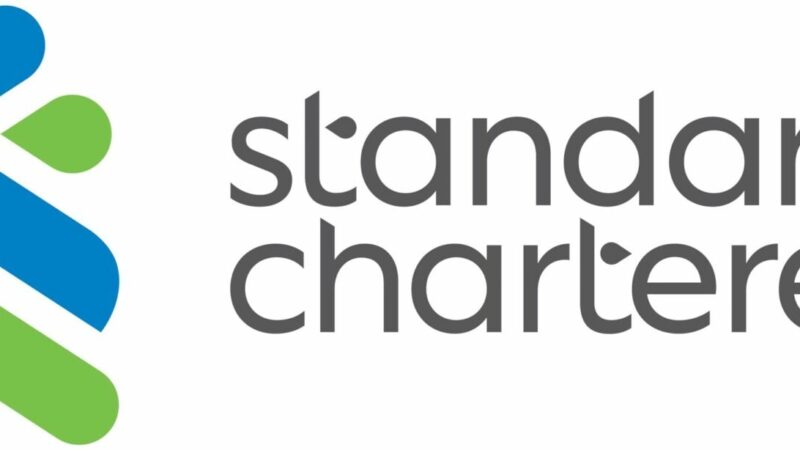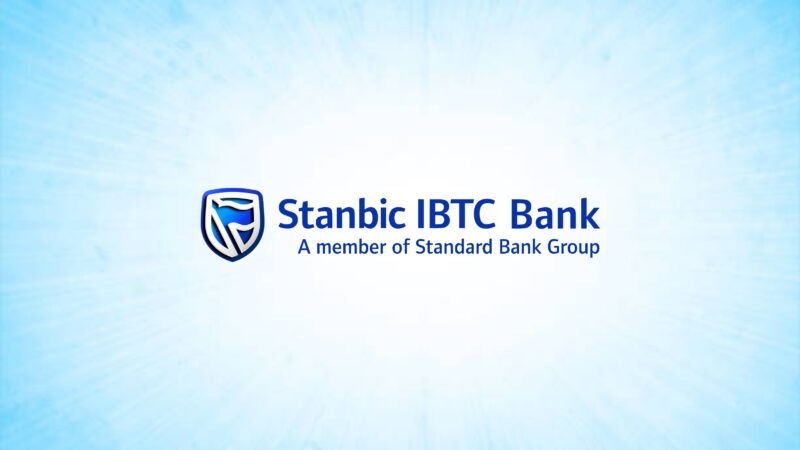CBN lowers interest rates, OPS demands credit relief
 The Monetary Policy Committee of the Central Bank of Nigeria has reduced the country’s benchmark interest rate to 27.00 per cent, the first cut in 2025 after three consecutive pauses, signaling a shift in policy towards supporting economic recovery.
The Monetary Policy Committee of the Central Bank of Nigeria has reduced the country’s benchmark interest rate to 27.00 per cent, the first cut in 2025 after three consecutive pauses, signaling a shift in policy towards supporting economic recovery.
While welcoming the move, members of the Organised Private Sector argued that the reduction remains marginal and insufficient to ease the credit squeeze on manufacturers and small businesses.
Announcing the decision at a press briefing on Tuesday in Abuja after the committee’s 302nd meeting, CBN Governor Olayemi Cardoso said all 12 members voted in favour of a 50-basis point cut from 27.5 per cent.
The committee also adjusted the Standing Facilities corridor to +250/-250 basis points, raised the Cash Reserve Requirement for commercial banks to 45 per cent while retaining merchant banks at 16 per cent, and introduced a 75 per cent CRR on non-TSA public sector deposits. The Liquidity Ratio was left unchanged at 30 per cent.
Cardoso explained that the decision was underpinned by “sustained disinflation recorded in the past five months, projections of declining inflation for the rest of 2025, and the need to support economic recovery efforts.”
The MPC noted that headline inflation slowed to 20.12 per cent in August from 21.88 per cent in July. Food inflation fell to 21.87 per cent from 22.74 per cent, while core inflation eased to 20.33 per cent from 21.33 per cent. On a month-to-month basis, inflation dropped sharply to 0.74 per cent in August compared with 1.99 per cent in July.
“This reduction is the first under my leadership and the first in five years,” Cardoso noted. The last time Nigeria cut its policy rate was in September 2020, when it dropped from 12.5 per cent to 11.5 per cent.
Across Africa, a similar trend is unfolding. Just last week, Ghana slashed its policy rate by 350 basis points to 21.5 per cent, while Kenya reduced its benchmark to 9.5 per cent in August. Nigeria’s cut, however, still leaves it with one of the highest rates on the continent.
The MPC also highlighted positive macroeconomic trends, particularly Nigeria’s second-quarter GDP growth of 4.23 per cent, up from 3.13 per cent in the first quarter.
The rebound was largely driven by the oil sector, which expanded by 20.46 per cent compared with just 1.87 per cent in the previous quarter.
The committee commended the Federal Government for improved security in oil-producing regions, noting that sustained production growth would strengthen external reserves and stabilize the naira.
Foreign reserves rose to $43.05bn as of September 11, 2025, up from $40.51bn at the end of July, providing an import cover of 8.28 months. The current account balance also recorded a surplus of $5.28bn in Q2, up from $2.85bn in Q1.
Cardoso disclosed that 14 banks had already met the new recapitalisation requirements, with the sector remaining resilient and financial soundness indicators within prudential benchmarks.
Looking ahead, the MPC projected continued disinflation, supported by exchange rate stability, declining petrol prices, and the harvest season. The next MPC meeting is scheduled for November 24–25, 2025.
While the rate cut was widely acknowledged as a step in the right direction, members of the Organised Private Sector argued that the reduction remains marginal and insufficient to ease the credit squeeze on manufacturers and small businesses.
Director-General of the Manufacturers Association of Nigeria (MAN), Segun Ajayi-Kadir, described the cut as welcome but inadequate. “Virtually every time the MPC meets, what we anticipate is a reduction in rates. This is welcome, but it has not gotten us anywhere near our expectations. Manufacturers need to borrow at no more than five per cent for that borrowing to be supportive of production,” he said.
Ajayi-Kadir emphasised that no bank would lend at a rate below the MPR, meaning credit costs remain unaffordable. “It signals a rethinking by the CBN, but manufacturers still await a time when rates will be significantly lower,” he added.
Similarly, the Director-General of the Nigeria Employers’ Consultative Association (NECA), Adewale Oyerinde, warned that the cut’s impact might be undermined by other restrictive measures such as the high CRR. “If credit costs are lowered, businesses can access affordable financing, expand investments, and create jobs. But the persistently high CRR and liquidity restrictions risk limiting these outcomes,” Oyerinde said.
He pointed out that while inflation moderated in August, food inflation at 21.87 per cent continues to erode disposable incomes. “Macroeconomic stability must translate into tangible relief for Nigerians,” he added, urging the government to complement monetary policy with structural reforms.
The President of the Association of Small Business Owners of Nigeria, Dr Femi Egbesola, called the rate cut a “good start” but “insignificant” in the broader context. “Compared to other developing countries, ours still ranks among the highest. Access to finance remains the number one challenge of SMEs. A 0.5 reduction is insignificant compared to the pressure on the real sector,” he said.
Egbesola called for special credit windows at single-digit rates for small businesses, stressing that alternative funding sources beyond banks must also be explored.
The Centre for the Promotion of Private Enterprise echoed similar sentiments, commending the MPC’s move but stressing the need for complementary fiscal reforms.
Its Director, Dr Muda Yusuf, described the rate cut as “a welcome and timely intervention,” adding that the lower MPR combined with a reduced CRR should expand banks’ capacity to create credit and lower lending rates. This will support business expansion, stimulate output growth, and create jobs,” Yusuf said.
He, however, stressed that monetary easing alone is not enough. “Fiscal authorities must prioritise infrastructure to reduce production costs, strengthen the regulatory framework, and sustain fiscal consolidation to ensure macroeconomic stability and investor confidence,” he said.
Yusuf further urged the government to address insecurity, which continues to threaten private investment and rural productivity.
Observers agree that the CBN’s decision marks a significant shift in monetary policy, moving from stabilisation towards growth acceleration. Analysts note that while inflation remains elevated, the trend of disinflation provides room for cautious easing to support recovery.
For manufacturers, small businesses, and employers, the cut is a signal of intent but falls short of delivering immediate relief. The consensus across the OPS is that credit costs must drop significantly further, ideally into single digits, to unlock the full potential of Nigeria’s productive sectors.







